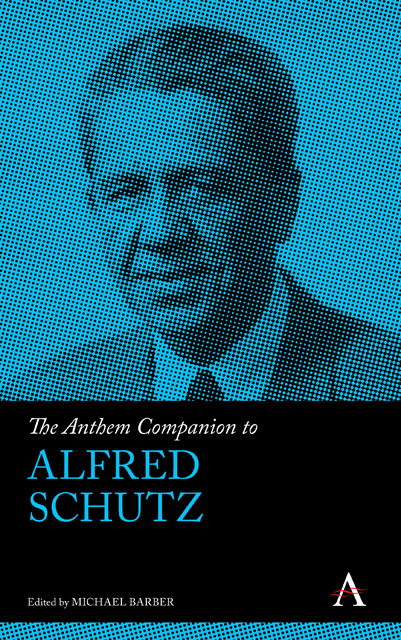Chapter One - Alfred Schutz’s Theory of Relevance
Published online by Cambridge University Press: 22 November 2022
Summary
Introduction
In his article “Common Sense and Scientific Interpretation of Human Action,” first published in 1953, Alfred Schutz professes in paradigmatic—and therefore often cited—form his fundamental epistemological standpoint:
All our knowledge of the world […] involves constructs, i.e., a set of abstractions, generalizations, formalizations, idealizations specific to the respective level of thought organization. Strictly speaking, there are no such things as facts, pure and simple. All facts are from the outset facts selected from a universal context by the activities of our mind. They are, therefore, always interpreted facts, either facts looked at as detached from their context by an artificial abstraction or facts considered in their particular setting. In either case, they carry along their interpretational inner and outer horizon. This does not mean that […] we are unable to grasp the reality of the world. It just means that we grasp merely certain aspects of it, namely those which are relevant to us. (Schutz 1962 [1953], 5; emphasis added)
Schutz here joins the ranks of constructionism and indeed his own work would later become influential for what has become known as “social constructionism” in the wake of the publication of The Social Construction of Reality in 1966 by Peter L. Berger and Thomas Luckmann, two of Schutz’s students at the New School for Social Research in New York. In Schutz’s understanding, as it becomes obvious from the above statement, the constructionist perspective does not deny the existence of a world independent from the subject of cognition. The cognitive process indeed pertains to an objective reality, but does not simply reveal or reproduce it. It rather focuses on certain aspects of reality and disregards others—by abstracting from certain features, by generalizing others and so on. Schutz understands construction not in an ontological, but in an epistemological sense. Facts are not simply there, they are construed and “made,” as the Latin root of the word indicates—verum esse ipsum factum (Vico 1988 [1710], 46).
For Schutz, construction is thus most closely related to selection, and he detects the pertinent fundamental mechanism in the concept of relevance: “We turn our interest to those experiences which for one reason or another seem to us to be relevant to the sum total of our situation as experienced by us in any given present” (Schutz 1962 [1950], 283; see also Cox 1973, Ch. 7.2).
- Type
- Chapter
- Information
- The Anthem Companion to Alfred Schutz , pp. 9 - 28Publisher: Anthem PressPrint publication year: 2022



